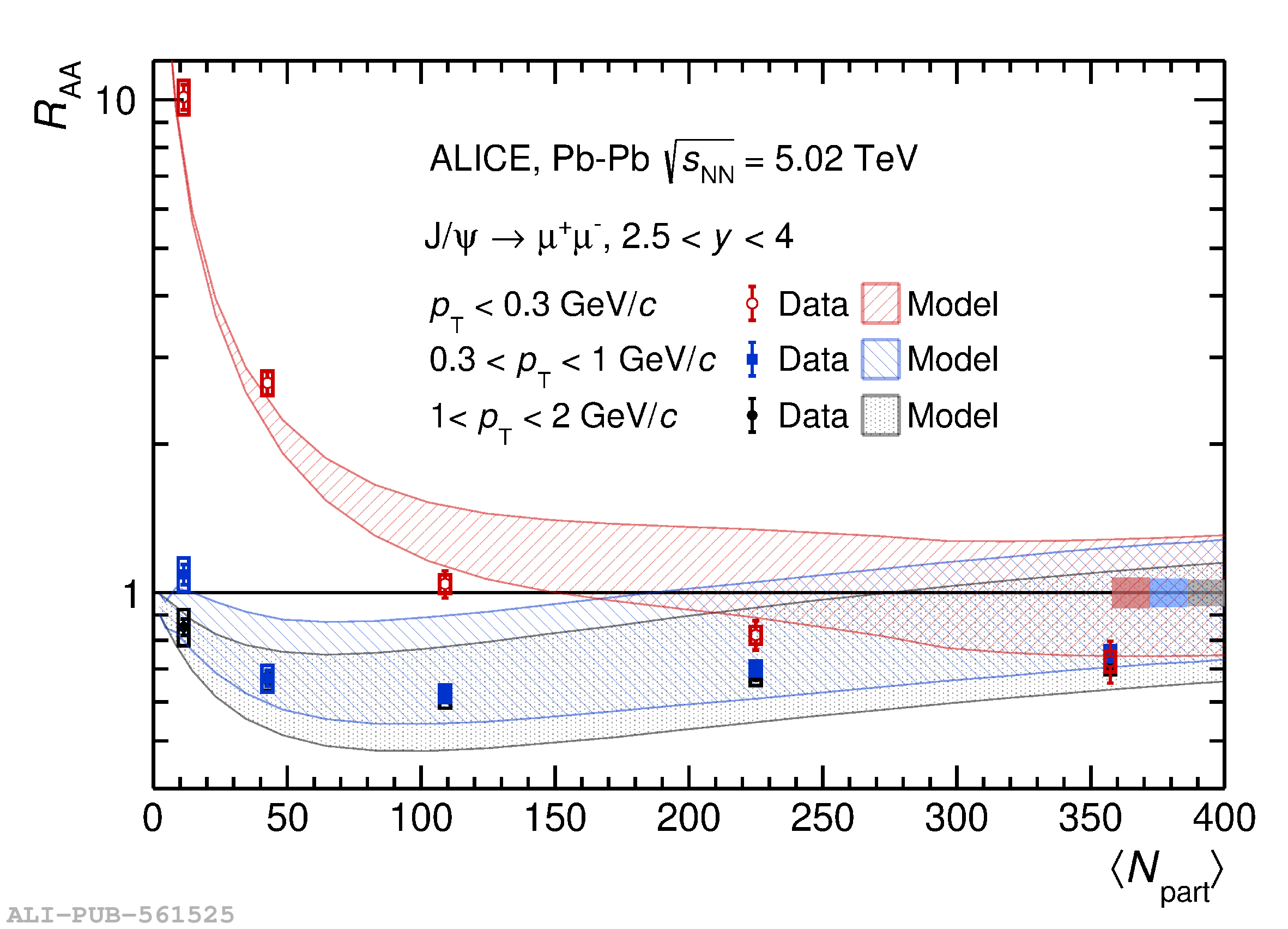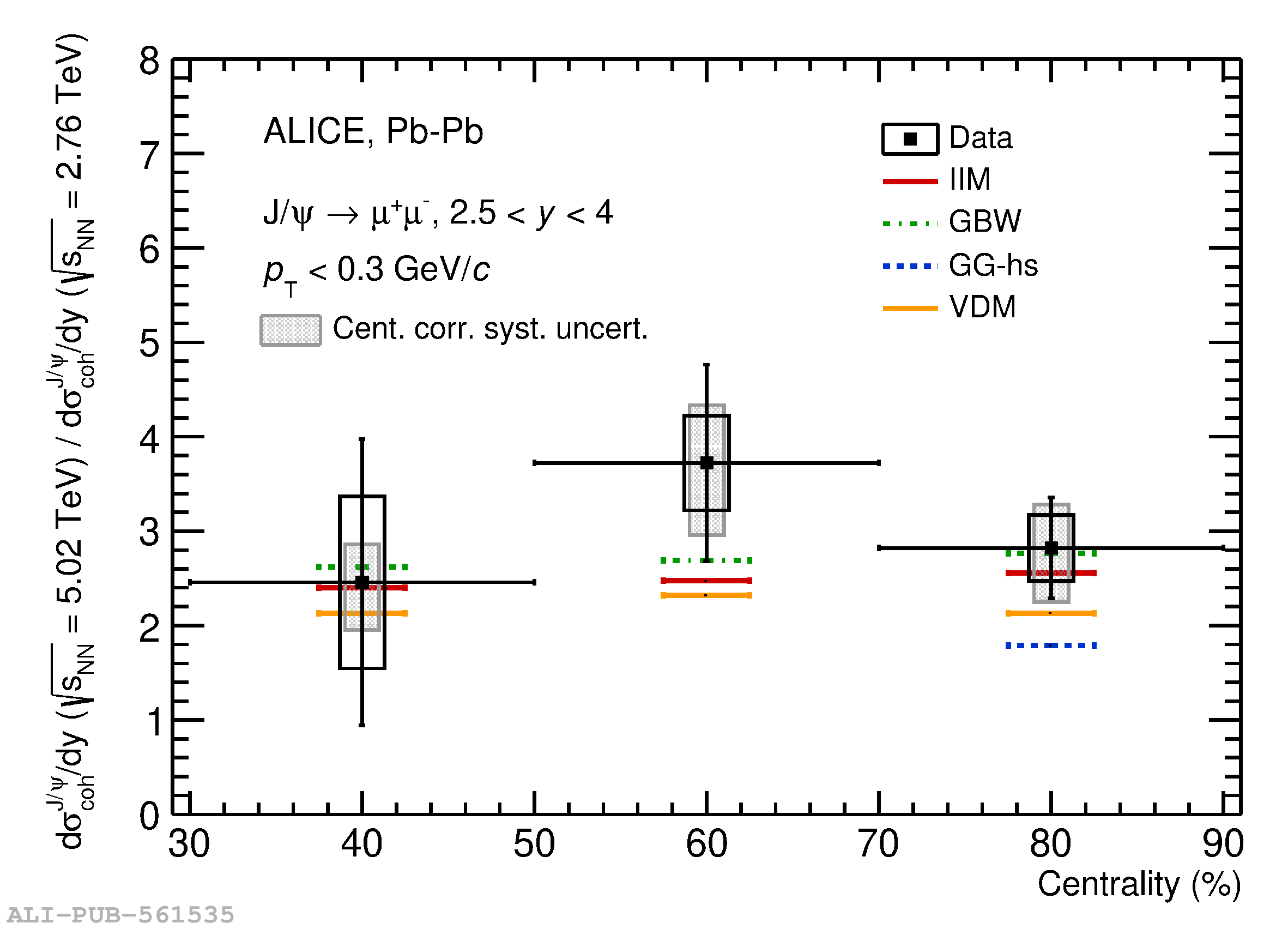An excess of J/$\psi$ yield at very low transverse momentum ($p_{\rm T} <~ 0.3$ GeV/$c$), originating from coherent photoproduction, is observed in peripheral and semicentral hadronic Pb$-$Pb collisions at a center-of-mass energy per nucleon pair of $\sqrt{s_{\rm NN}} = 5.02$ TeV. The measurement is performed with the ALICE detector via the dimuon decay channel at forward rapidity ($2.5<~y<~4$). The nuclear modification factor at very low $p_{\rm T}$ and the coherent photoproduction cross section are measured as a function of centrality down to the 10% most central collisions. These results extend the previous study at $\sqrt{s_{\rm NN}} = 2.76$ TeV, confirming the clear excess over hadronic production in the $p_{\rm T}$ range 0$-$0.3 GeV/$c$ and the centrality range 70$-$90%, and establishing an excess with a significance greater than 5$\sigma$ also in the 50$-$70% and 30$-$50% centrality ranges. The results are compared with earlier measurements at $\sqrt{s_{\rm NN}} = 2.76$ TeV and with different theoretical predictions aiming at describing how coherent photoproduction occurs in hadronic interactions with nuclear overlap.
Phys. Lett. B 846 (2023) 137467
HEP Data
e-Print: arXiv:2204.10684 | PDF | inSPIRE
CERN-EP-2022-071
Figure group




